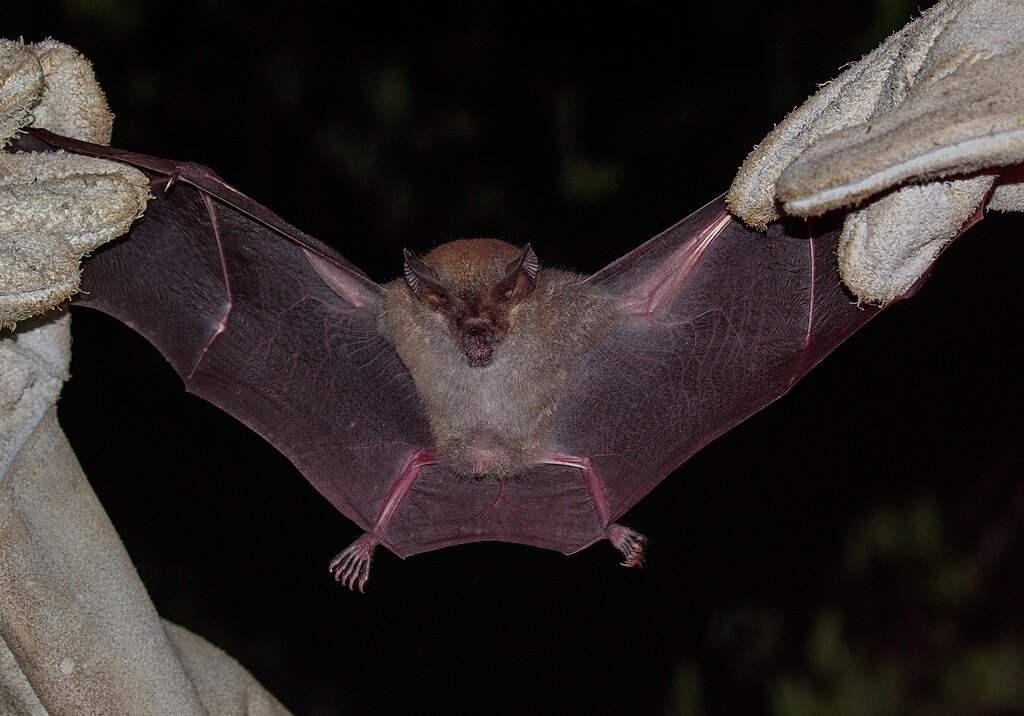Fringe-lipped bats (Trachops cirrhosus) have developed an extraordinary ability to eavesdrop on frog mating calls to locate prey. However, new research reveals that these bats must learn to distinguish between palatable and toxic frogs over time, refining their hunting strategies through experience.
How Bats Use Frog Calls

These bats rely on sound rather than visual cues to identify prey, making them some of the most skilled eavesdroppers in the animal kingdom. They are attuned to the advertisement calls of over a dozen frog and toad species, flying toward the sound within seconds. However, not all calls lead to a safe meal—some frogs are too large or emit toxins, posing a danger to the bat.
Learning to Avoid Toxic Prey
Scientists tested how juvenile and adult bats responded to recordings of 15 local frog and toad species. While adult bats ignored calls from toxic frogs, juveniles didn’t initially differentiate between safe and dangerous prey. Over time, young bats learned to associate certain calls with toxicity, refining their hunting instincts much like human children develop recognition skills.
Implications for Predator Evolution
This study provides the first evidence that eavesdropping predators fine-tune their hunting cues through experience. The ability to learn and adapt may extend beyond bats to other predators navigating complex sensory environments. Researchers believe this discovery could inspire further studies on how learning shapes foraging decisions in wildlife.
Conclusion

Fringe-lipped bats demonstrate an impressive ability to learn from experience, adjusting their responses to frog calls to avoid toxic prey. This research highlights the importance of learning in predator survival, offering new insights into how animals refine their hunting strategies over time.
Source:





